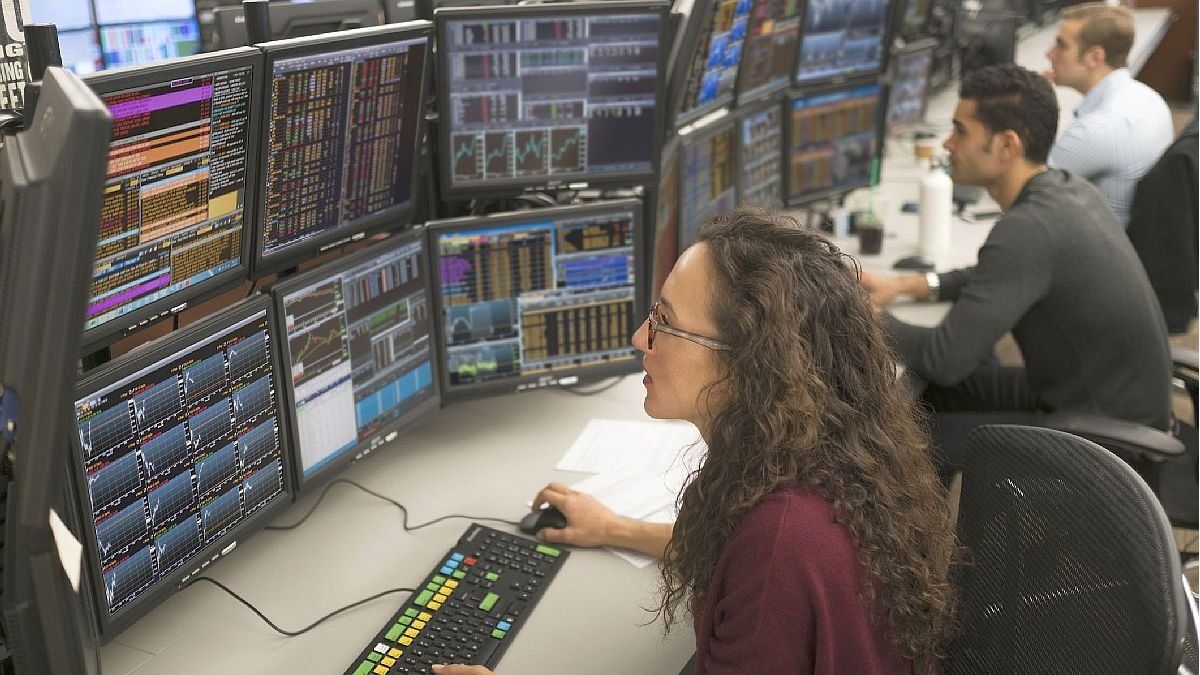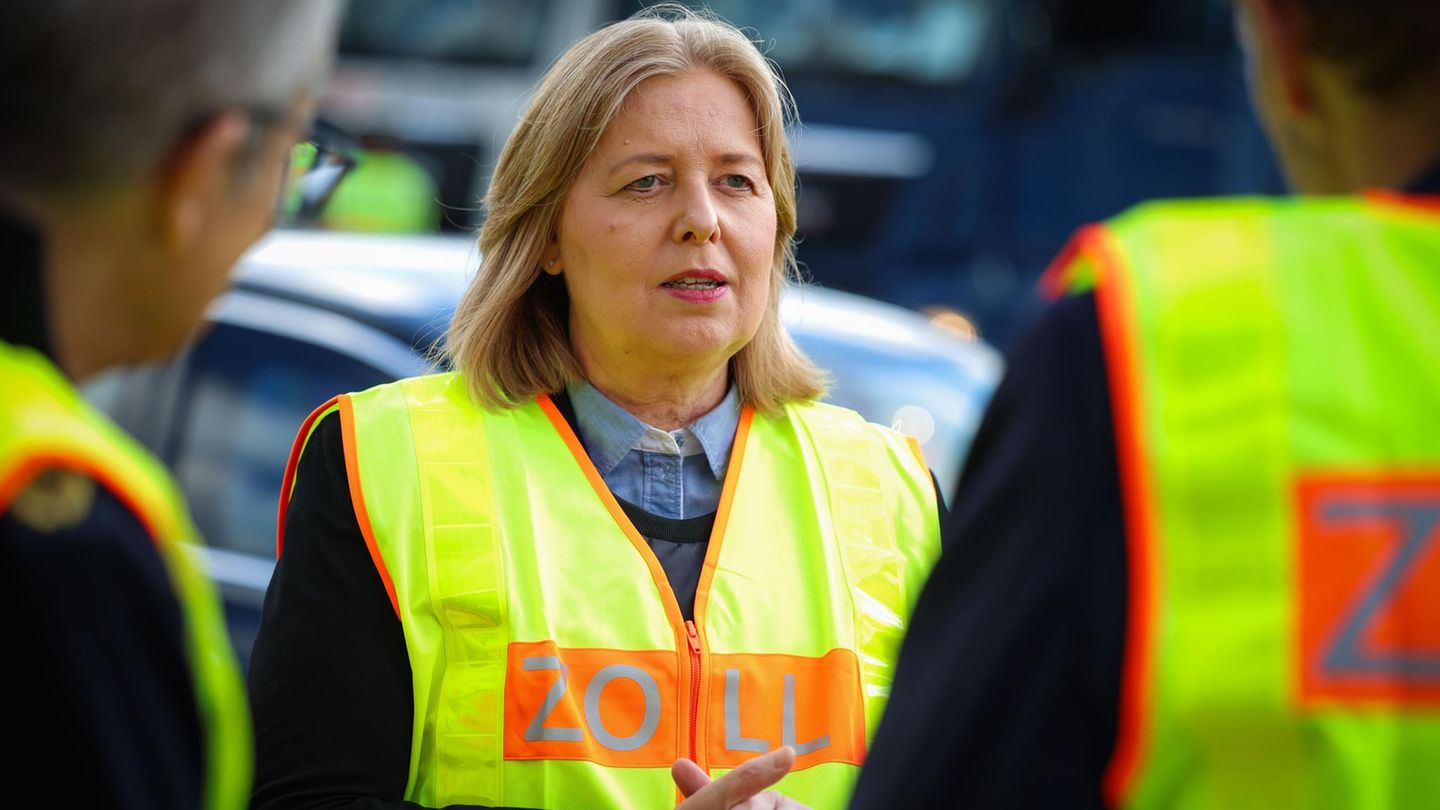“A large part of the future of Argentine bonds depends on the external climate, and, therefore, the rebound of the last few weeks can be framed within a very optimistic framework for emerging credit”said Portfolio Personal Inversiones but added that “nevertheless, the previous gap increase ($5.44 currently, vs. $4.41 average last week) reflects that this bounce is not as significant as it should be. In other words, idiosyncratic risk is working against the recovery“.
The StoneX brokerage, for its part, said this day that “It is necessary to see if, despite the rise in emerging countries, the bleeding in international reserves (of the BCRA) and the recent movement of financial dollars does not act as a counterweight in what follows (with bonds)”.
After thirteen consecutive rounds with a negative balance, the Central Bank ended this Wednesday, November 16, with purchases for US$5.5 million, as confirmed by official sources. It should be remembered that the BCRA it sold US$48 million on Tuesday and so far in November it has accumulated sales of US$911 million.
S&P Merval and ADRs
For its part, the Buenos Aires stock market cuts a streak of five rises in a row. BYMA’s S&P Merval index fell 0.8% to 153,944.46 units. Losses are led by YPF papers (-4.1%); Central Puerto (-2.6%) and Pampa Energía (-1.7%).
While, The shares of Argentine companies listed on Wall Street operate with a majority of drops that reach up to 5.3 thanks to YPF. They also fall hard Central Puerto (-3.7%), Transportadora de Gas del Sur (-3.2%), and Pampa Energía.
Source: Ambito
I am a 24-year-old writer and journalist who has been working in the news industry for the past two years. I write primarily about market news, so if you’re looking for insights into what’s going on in the stock market or economic indicators, you’ve come to the right place. I also dabble in writing articles on lifestyle trends and pop culture news.




